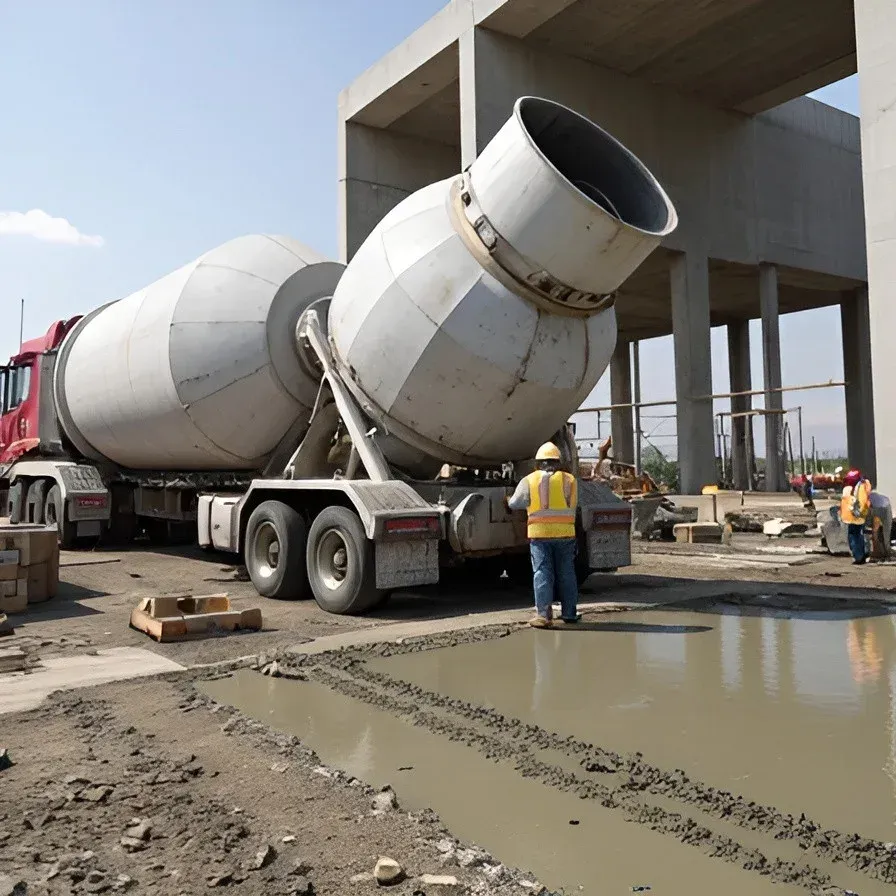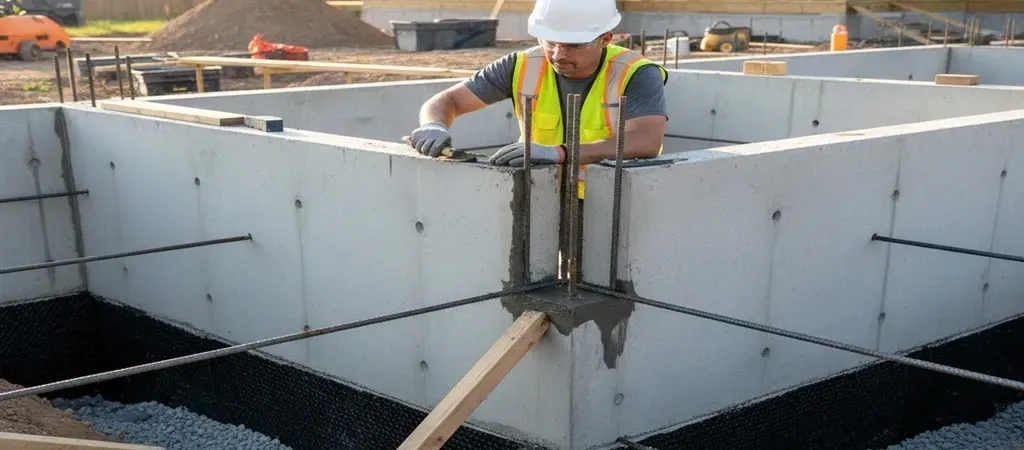How to Choose the Right Commercial Concrete Mix for Durability

When you step into a brand-new office, shopping center, or parking garage, the last thing that comes to mind is the concrete beneath your feet. Yet for owners, engineers, and contractors, that concrete often decides whether the project will thrive for decades or face costly repairs long before its time.
A commercial concrete mix is usually a recipe of cement, water, and aggregates. Like every successful recipe, the ingredients and method should be carefully balanced. Too much water, wrong cement type, or poor curing practices can leave structures vulnerable. For projects with heavy use, a strong commercial concrete solution ensures long-term durability.
In this article, we’ll break down how to choose the right commercial concrete mix for durability. By the end, you’ll know how to go beyond meeting strength and instead design or specify mixes that truly stand the test of time.
Key Considerations When Selecting a Commercial Concrete Mix
Choosing the right commercial concrete mix is more than meeting strength requirements. It’s basically a blend that’s able to resist water penetration, chemical attack, or mechanical wear. There are several technical levers that can define how durable the finished product will be. For certain structures like patios or entryways, concrete patio solutions can benefit from similar mix principles.
Water to Cement Ratio
The single most important factor is the ratio of water to cementitious materials. A lower w/cm reduces porosity. It also makes concrete dense and less permeable to water or chlorides. This has a direct impact on how well it can resist freeze-thaw cycles and corrosion. Many commercial and residential projects also incorporate concrete driveways to ensure long-lasting outdoor surfaces.
Supplementary Materials
The type of cement and the use of supplementary cementitious materials (SCMs) play a key role in concrete durability. For example, Type II or V cement improves sulfate resistance, while additives like fly ash and silica fume refine the pore structure and reduce permeability. The right combination also lowers the heat of hydration, helping to minimize cracking over time.
Aggregates
Aggregates make up most of a commercial concrete mix, so their quality is critical. Properly graded aggregates reduce the amount of paste needed and improve overall strength. Controlling the alkali-silica reaction is equally important to prevent long-term cracking.
Air Entrainment
In regions with frequent freeze-thaw cycles, air-entraining admixtures are essential. Tiny, well-distributed air bubbles allow water to expand safely as it freezes, preventing internal cracking. Without proper air entrainment, even dense concrete can deteriorate quickly.
Matching the Mix to the Environment
No two commercial projects face the same conditions—climate, soil, and exposure all create unique risks. That’s why the environment should be the first consideration when selecting a commercial concrete mix.
In cold regions, freeze-thaw cycles pose the greatest threat. Water trapped in concrete pores expands as it freezes, leading to cracking and scaling. The solution is a low water-to-cement ratio combined with air entrainment, creating a dense mix with tiny air pockets that relieve internal pressure.
Coastal or marine environments require protection against chloride ions from seawater, which can penetrate concrete and corrode reinforcing steel. Using supplementary materials like fly ash, slag, or silica fume reduces permeability. Durability testing, such as the rapid chloride permeability test (RCPT), ensures the mix meets performance benchmarks.
For areas with sulfate-rich soils, the binder must resist chemical attack. A sulfate-resistant cement combined with the right balance of SCMs is essential.
Finally, high-traffic commercial spaces like warehouses or parking areas demand abrasion-resistant concrete. Using hard, durable aggregates and proper curing ensures the surface can withstand heavy use.
Practical Steps for Contractors and Specifiers
Contractors should first classify the exposure conditions of the structure, as a column in a coastal environment faces very different challenges than an interior slab, requiring a tailored commercial concrete mix. Once exposure is defined, performance requirements should be set, including maximum water-to-cement ratio, minimum cement content, type and percentage of SCMs, target air content, and required strength, with durability tests included to ensure the mix performs as expected. Collaborating with suppliers is also important, as trial batches allow teams to fine-tune admixture dosages and confirm workability before full-scale placement. Finally, proper curing and field quality control are critical, because even a well-designed commercial concrete mix will underperform if curing is inadequate.
Case Examples
Let’s explore how commercial concrete mixes perform under different real-world conditions.
Parking Garage in a Cold Climate
A mid-sized parking structure must withstand snow, ice, and frequent applications of deicing salts. The selected mix could feature a low water-to-cement ratio and a blend of slag cement. Adding a corrosion-inhibiting admixture and air entrainment helps the garage resist damage in extremely cold conditions.
Coastal Podium
A hotel podium in a coastal environment faces constant exposure to salty air and occasional seawater splashes. To prevent chloride damage, the mix includes the proper ratio of fly ash and silica fume. Durability tests confirm chloride resistance before construction begins.
Industrial Warehouse Floor
A distribution center must handle heavy forklift traffic and pallet loads. Abrasion resistance and surface strength are top priorities. The mix uses hard, durable aggregates and a carefully controlled water-to-cement ratio to minimize paste content. Extended curing ensures a strong surface finish that won’t powder under constant wear.
Conclusion
Durability starts with choosing the right commercial concrete mix for the environment and application. By balancing materials, admixtures, and testing with proper curing, contractors can deliver concrete that performs for decades. The payoff? Fewer repairs, safer structures, and lower lifecycle costs. Proper planning for concrete foundations ensures these benefits extend to the base of every building.






